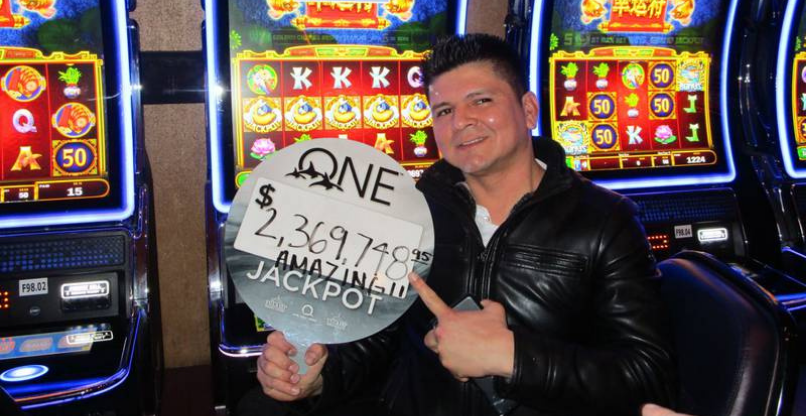
Before you start playing any slot game, you should understand its mechanics. This will help you determine how much to bet and what you can expect from each spin. Some games also offer vital statistics and betting tactics. The game itself begins when the player clicks the spin button to start spinning. The reels will then reveal the outcome of the spin. The goal is to assemble winning symbols as indicated on the paytable. Some slots have additional features that increase the overall entertainment factor.
Probability of winning a slot machine
Probability of winning slot machine is an important factor in casino gambling. Casinos are for-profit organizations that require players to wager at least one coin for a chance of winning. Increasing the number of coins a player wagers on a single machine will lower his chances of winning the jackpot. However, a smaller jackpot will increase his chances of winning.
To calculate the probabilities of winning, a gambler should consult a paytable. This information will tell the player how much a winning combination will pay. Then, the gambler can use mathematical techniques to estimate the probability of hitting a winning combination. However, it is important to note that these methods do not guarantee a win.
Slot machine odds are based on math, but very few players know how to calculate them. Nevertheless, understanding how they work will help a player maximize his winnings and minimize his losses. One way to improve the odds is to join a slots club. These clubs can reward players for playing regularly.
Variations of a slot machine
When choosing a slot machine, one of the most important factors to consider is the variance of the machine. Variance is the chance of winning a jackpot when a player spins the reels and comes up with a winning combination. Variances can be low, medium, or high, and the differences between them are important to understand.
Modern slot machines have multiple paylines in order to increase the player’s odds of winning. Many five-reel machines have different ways of paying off a jackpot, including upward and diagonal paylines. To avoid getting caught, always check the paylines on a slot machine before playing. Many of the newer versions of the classic slot machine use computer technology to make the gameplay more interactive and interesting. They often have movie-related themes, animated reels, and variable wagers.
The classic slot machine uses an elaborate configuration of levers and gears to spin the reels. The handle mechanism is connected to a metal shaft that supports the reels. In some models, the reels have a braking system that keeps them from spinning after a jackpot combination has been hit. Certain combinations of closed switches configure the machine’s electrical circuit.
Payback percentage of a slot machine
The payback percentage of a slot machine is a number that indicates the likelihood that the machine will pay out a profit. The higher the percentage, the better. This information is found on the payback schedule on the slot machine. This pays out 90 to 97 percent of the time, so the higher the percentage, the better. Casinos use this information to encourage players to play.
